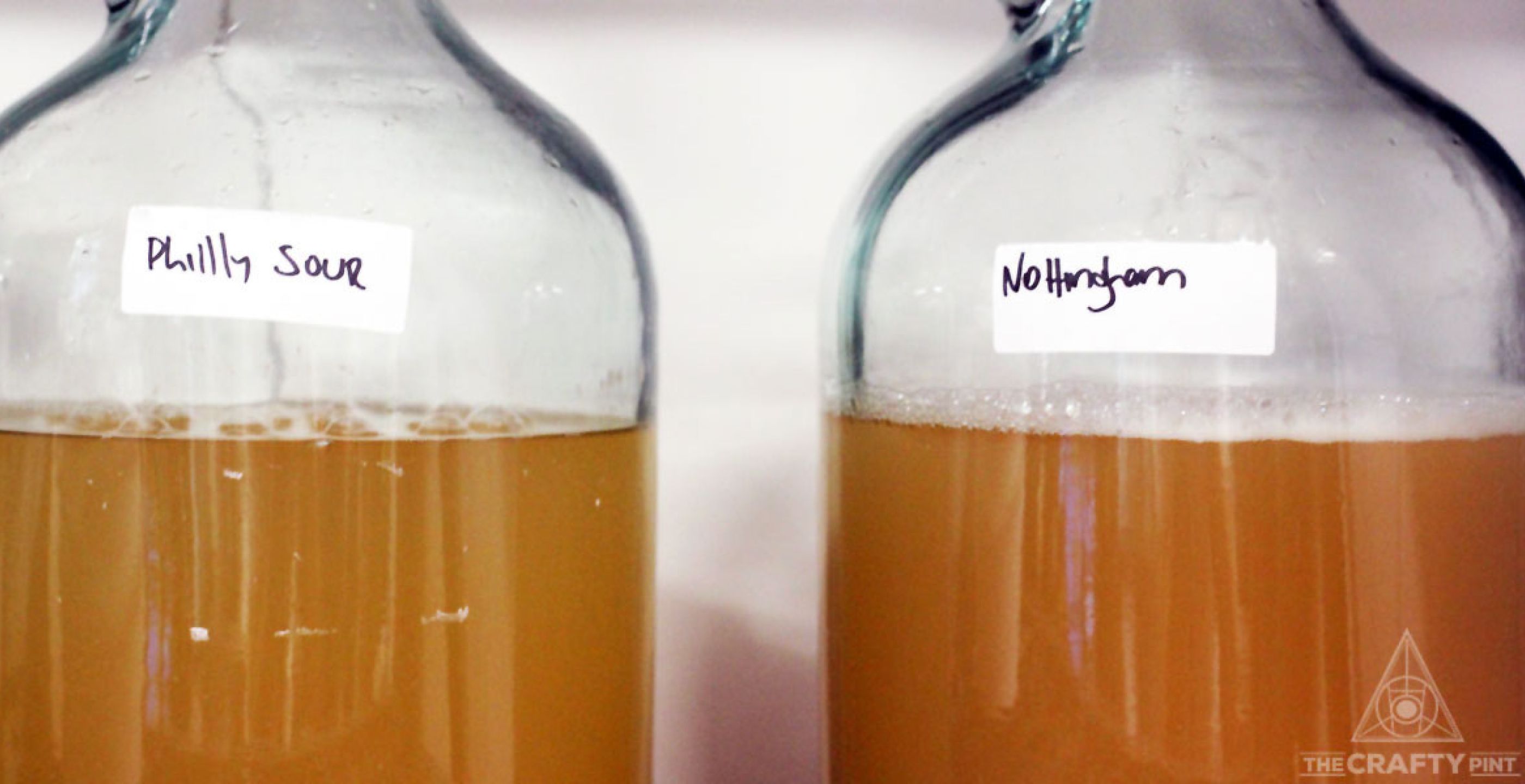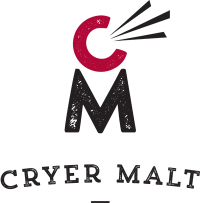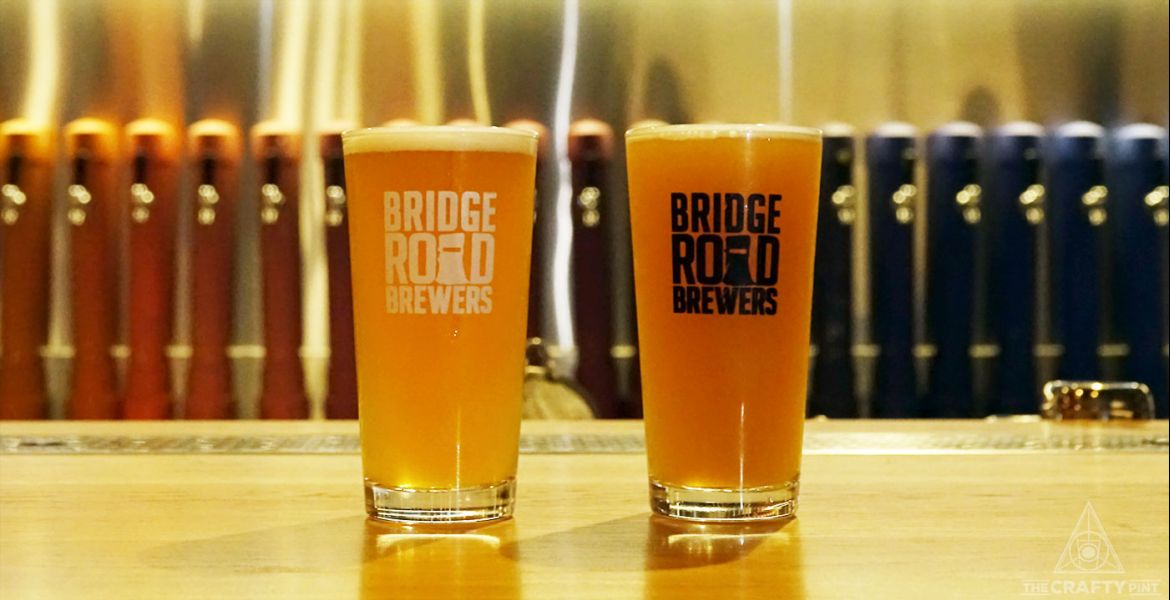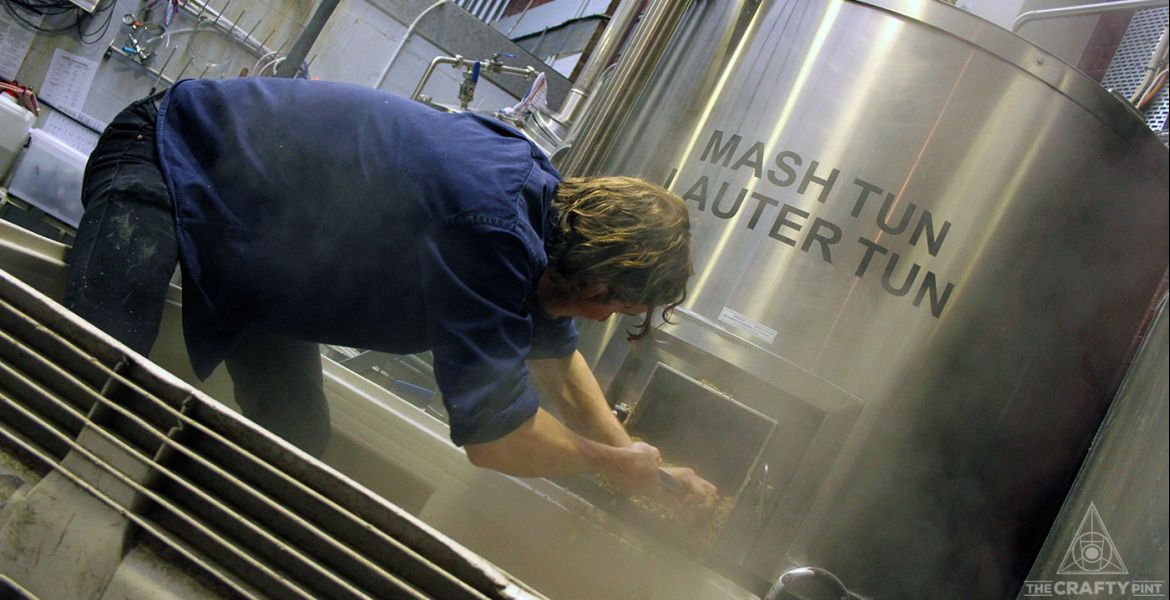A few years back, we invited Molly Rose founder Nic Sandery to guide us through the essential elements that make up beer. Having covered malt, hops and water, now he turns his brewer's gaze to yeast.
In part one, Nic looks at the wide world of common brewer’s yeasts, the role they play in bringing beer to life, how they can impact a beer’s flavour profile, and how they're used in the brewhouse. Part two broadens the picture, taking in the like of wild yeasts, bacteria and Brettanomyces.
Yeast & Other Fermenting Organisms

Yeast is arguably the single most influential ingredient in beer. Without yeast, there would be no beer – full stop.
If a brewer doesn’t choose the right yeast, put the right amount in at the right temperature with the right nutrients and oxygen, and otherwise look after it in exactly the way that it wants to be looked after, then that beer is most likely going to be a shade of what it could have been.
Am I being dramatic? Probably. However, I love yeast and I love the way we can manipulate it in a way that brings together the water, malt and hops chosen by the brewer in a way that transcends each individual ingredient. I love yeast so much that it has taken me nigh on three years to write this article. [I suspect that’s as much down to opening a brewpub just as COVID was preparing to make an appearance – Editor]
But enough chitter chatter. Let’s get back to (Beer) Basics…
Brewer’s yeast is a single-cell organism of the family Saccharomyces. In a nutshell, it eats the sugar the brewer extracts from malt and creates alcohol (ethanol), carbon dioxide, and often delicious flavours too.
There are two main umbrella species of yeast: lager yeasts and ale yeasts. Under each of these umbrellas, there are literally thousands of strains of yeast that have been used to make beer, each strain possessing its own unique characteristics and even personality. Each of those distinct features, ultimately, can turn similar wort into wildly different beers.
To put it another, still beer-related, way:
If a group of different yeast strains went to the pub and all ordered the same dish – let's say a parma – they'd all react differently. Jeremy grows a red beard full of strawberries, Julie develops lush chocolate brows, Ashley doesn’t really enjoy it, still finishes it off, yet barely changes at all.
Just to confuse matters, a clever brewer is able to manipulate the same yeast to produce vastly different outcomes. If said clever brewer pitched different amounts, at different temperatures, or into different shaped tanks they would be able to create unique-tasting beers while using exactly the same base ingredients and yeast.
Using Brewer's Yeast

So, how do brewers use yeast? Well, after waxing lyrical about how difficult yeast can be, I’ll now contradict myself.
With the growth of craft beer over the last 20 years, the number of brewer’s yeast labs have grown exponentially – as has the number of products they produce.
The biggest of the big labs can grow yeast, freeze-dry it and vacuum pack it with instructions on the front. These larger companies are now seeing the value of working with craft brewers too: we have upwards of 30 dry yeasts available constantly with three to five new strains added each year.
Open a packet of dried yeast and pour it into your ready-to-ferment malt base, add time and you get beer. In fact, if you've ever made dough at home using dried yeast from a supermarket shelf, then you've pretty much done the work of a brewer.
Smaller-scale yeast labs have also started popping up all over the world, like the wonderful Bluestone Yeast in Melbourne, and newer operations Mogwai Labs and Ferveo in Wollongong and Adelaide respectively. These labs often have several hundred yeast strains in their library from which a brewer can order with three to four weeks' notice. In return, they receive a vessel of liquid yeast that looks kind of like a runny custard.
To stick with the baking analogy, this is the fresh bread yeast you'd grab from a small Italian supermarket and deli. It needs to be handled with care and used quite fresh, but it can be used to great effect. What's more, there are plenty of unique variants available to brewers. (NB if you’re wondering where the sourdough starter you killed during lockdown fits in: I'll cover that in part two).

Since yeast is a living organism, it eats, drinks and procreates. With yeast, this takes the form of budding whereby a single cell essentially splits into two.
During fermentation, this can create a large mass of yeast which can be harvested and tested for overall health by a brewer before being used in another brew. When well cared for, each batch of yeast can be used up to eight to ten times (or generations) depending on the strain and the beer.
However, if the yeast is continually used without refreshing from a yeast lab it will begin to evolve and start to show “house” type characteristics; a beer made with a 30th generation of yeast might taste completely different to the original beer.
This isn’t a problem for some breweries but if you are trying to make a core range lager that everyone knows and loves you can’t have a yeast changing things up on you!
How Yeast Influences Different Beers

Carlton Draught
One of the best Australian lagers in my opinion: clean and crisp with a delicate malt sweetness and low-medium level of pear esters. The expert manipulation of yeast ensures that every Carlton Draught is just as refreshing and satisfying as the next.
Sierra Nevada Pale Ale
The original craft beer yeast, known as Cali Ale, West Coast Ale and even as the brand name US-05. This yeast and its very near relatives were the workhorses of the pale ale, IPA, summer ale, golden ale and Pacific ale. Why? This yeast just works; it ferments cleanly, it is readily available, isn’t super fussy, and tastes pretty great.
Range Brewing Disco
Hazy IPA, NEIPA, hazy pale...
In beers that are hazy and tropical, you can almost be certain that the yeast selection has played a huge role in not only emphasising the bright hoppy flavours but also the plush, pillowy mouthfeel. Typically with hazies, it's through the process known as biotransformation, which you can read more about in our guide to hops.
Range Brewing are well known for their hazy beers and their one and only core range beer, Disco, is a great example of biotransformation in action with an awesome peachy character.

Holgate's Hefes
In the words of Paul Holgate, hefeweizens are the original hazy beer. Everything great about these beers of German origin is due to the unique yeast strain used. Banana and clove are the most common callouts but in the best versions, like those from the Woodend pioneers, you’ll find layers of vanilla, nutmeg and cardamom too - and all come from the yeast.
Saison Dupont
This is one crazy yeast. The fermentation for this beer reportedly starts at 26C and is left to free rise to the mid-30s – way higher than the vast majority of brewer’s yeasts. It produces a complex beer that is dry and crisp while being textural and layered with pepper, clove, pear, banana and spice. Everything great about this beer is down to the yeast.
Coopers Pale Ale
Growing up in SA, my mates and I never thought Coopers was anything but a regular beer. But comparison to the rest of the mainstream beers available it was, and still is, unique. They use a strain that's proprietary and drives a good whack of the flavour characters of the beer.
Somehow this beer exists and is successful, yet on paper it is crazy: yeast characters of pear, banana, clove and pepper all combine with the earthy, zesty hops in perfect unison. In a world in which all beer was yellow, fizzy lager designed to be low in flavour, the Coopers family was selling an intentionally hazy ale.
You can check out the rest of the Beer Basics series here.
Photo at top of article taken in Ellerslie's brewery-meets-lab.



















